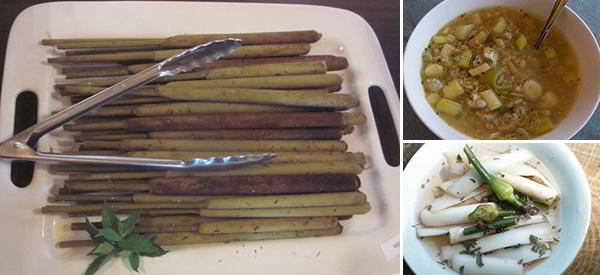
Delicious Recipes Using Cattails – “The Supermarket of the Swamp”
Cattails (Typha latifolia) are one of the most versatile plants on Earth. It is called the “Supermarket of the Swamp” for good reason since it can be used throughout all four seasons. They even inspired the Boy Scouts’ motto: “You name it, and we’ll make it from cattails!”. The plants can be found virtually anywhere in the wilderness where there is a water source across the entire North American continent and almost everywhere in the Western hemisphere worldwide.
Alternative Practical Applications
It is said that if a person lost in the wilderness found cattails, they’d have four of the five things needed to ensure their survival: water, food, shelter, and fuel. The Native Americans used cattails for so many different reasons:
Crafts (using green or dried leaves or fluff):
- Shelters’ covers
- Making mats, blankets, and baskets
- Making cordage used for hunting or fishing, like ropes, for belts and straps, for defense equipment, as arrow shafts, and so on
- The fluff was used to insulate footwear and hats, for stuffing pillows, or a baby’s cradleboard.
Medicine
- The pollen is hemostatic and astringent. It was used for controlling external and internal bleeding, chest pains, and other forms of blood stagnation. The pollen is also mildly diuretic.
- Roots were used to treat burns, insect bites, scrapes, and bruises. Fresh, ponded roots were used directly as a poultice for open blisters and infections but also as a toothpaste if mashed up.
- The ash of burnt plants was used for its antiseptic properties and is good for treating wounds and abrasions.
Fuel and illumination
- Boiled, filtered, and fermented cattail roots release ethanol, which is now used as a biofuel.
- The fluff inside the cattail’s head makes for an excellent tinder for starting fires.
- The brown flower heads could be used as torches or as an illumination source if dipped in wax. The smoke will also drive away any insects.
Eatable Parts of Cattail During Spring:
Cattail Shoots/Stalks
This part of the young plant can be eaten raw or cooked like corn on the cob or asparagus. They contain potassium, phosphorus, and vitamins A, B, and C, and they taste like a cross between a tender zucchini and a cucumber. In addition, the cattail shoot is one of the best natural resources of protein and unsaturated fat, and it provides nutrient-rich enzymes and minerals.
Late Spring:
Leaves
The cattail leaves are excellent for salads or sandwiches when they are young and tender.
Eatable Parts of Cattail During Summer:
Pollen
There is probably no other pollen on the planet as easy to harvest by the pound as cattail, and there are so many tasty things to do with this fine, flour-like staple. To collect it, you’ll need to place a bag over the end of the cattail plant and shake to capture the pollen. It can be eaten raw—sprinkle it in yogurt, fruit smoothies, oatmeal, or salads—or use it as a flour supplement or thickener for gravy and soups.
Eatable Parts of Cattail During Autumn and Winter:
Roots/Rhizomes
The underground lateral stems are called rhizomes—although most of us would simply call them roots—and the best period to harvest them is from late autumn to early spring. These parts are edible any time of the year.
Cattails contain ten times the starch of an equal weight of potatoes.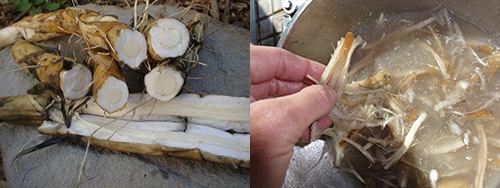 To harvest the starch, which is very sweet and tasty, you’ll need to thoroughly clean the roots and mince or crush them before you put them in clean water. Then you can either leave the pounded chunks in clean water and wait for the starch to settle to the bottom, you can filter it, or you can boil them down. The best time to collect the starch is in late fall and winter when the starch is stored in the rhizome.
To harvest the starch, which is very sweet and tasty, you’ll need to thoroughly clean the roots and mince or crush them before you put them in clean water. Then you can either leave the pounded chunks in clean water and wait for the starch to settle to the bottom, you can filter it, or you can boil them down. The best time to collect the starch is in late fall and winter when the starch is stored in the rhizome.
A single acre of cattails can produce approximately 6,474 pounds of flour during an average year.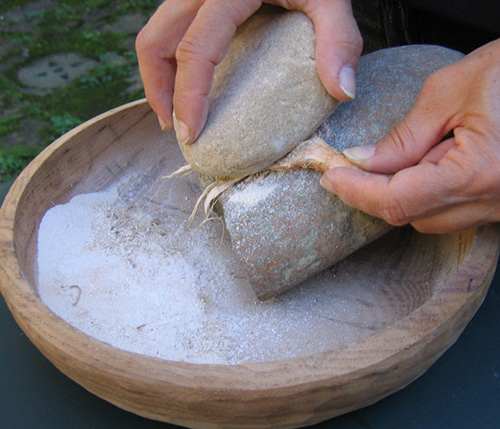 First, you need to peel and chop the roots and then clean them very well. Next, you’ll have to remove the long fiber strings, pound them into a powder after they have been allowed to dry completely, and then use that as flour.
First, you need to peel and chop the roots and then clean them very well. Next, you’ll have to remove the long fiber strings, pound them into a powder after they have been allowed to dry completely, and then use that as flour.
Recipes
1. Scalloped Cattails
- 2 cups of chopped cattail tops
- 2 eggs
- ½ cup melted butter
- ½ tsp. sugar
- ½ tsp. nutmeg
- ½ tsp. black pepper
- 1 cup milk (scalded at 180°F)
- Mix the cattail tops, eggs, butter, sugar, nutmeg, and black pepper in a bowl while slowly adding the scalded milk, and blend well.
- Pour the mixture into a greased casserole dish, top with grated Swiss cheese (optional), and add a dab of butter. Bake at 275°F for 30 minutes.
2. Cattail Pollen Biscuits
- 3 Tbsp. baking powder
- 1 1/3 cup flour
- ¼ cup cattail pollen
- 1 tsp salt
- 4 Tbsp. shortening
- 1/3 cup milk
- Preheat oven to 450°F.
- Mix all ingredients.
- Cut the dough into biscuit shapes, and bake them at 425 for 20 minutes.
3. Cattail Pollen Pancakes
- ½ cup cattail
- ½ cup flour
- 2 Tbsp. baking powder
- 1 Tbsp. salt
- 1 egg
- 1 cup milk
- 3 Tbsp. bacon drippings
- Mix all ingredients.
- Pour onto a hot skillet or griddle in four-inch pancake amounts.
4. Cattail Casserole
- 2 cups scraped cattail spikes
- 1 cup bread crumbs
- 1 egg (beaten)
- ½ cup milk
- 1 diced onion
- Salt and pepper (according to taste)
- ½ cup shredded cheddar cheese
- Combine all ingredients in a casserole dish, and place in an oven set to 350°F for 25 minutes. Serve hot.
5. Cattail Acorn Bread
- 1 cup acorn flour
- 1 cup cattail flour (or another flour with gluten)
- 2 Tbsp. baking powder
- ½ tsp. sea salt
- 3 Tbsp. honey, agave nectar, or pure maple syrup
- 2 omega-three eggs (or regular), beaten
- ¾ cup whole milk
- 3 Tbsp. olive, grape seed, or coconut oil
- Mix all of the ingredients.
- Pour into a greased loaf pan.
- Bake at 400°F for 30 minutes.
6. Cattail Wild Rice Pilaf
This recipe can be made with brown rice, but wild rice adds a special dimension to it.
- 1 cup dry wild rice (4 cups cooked)
- 2 Tbsp. sesame oil
- ½ cup chopped green onion
- 2 cups cattail shoots, sliced (about 30 cattails)
- 2 Tbsp. salt
- ½ cup slivered almonds
- Cook the wild rice until tender.
- Sauté the onion and cattail shoots in sesame oil until tender and translucent.
- Mix the rice and the sautéed cattail shoots and onion.
- Add the salt and slivered almonds.
- Serve hot.
7. Cattail Wild Rice Soup
- 1 cup dry wild rice (4 cups cooked)
- 2 tablespoons sesame oil
- ½ cup chopped green onion
- 2 cups cattail shoots, sliced (about 30 cattails)
- 2 Tbsp. salt
- Cook the wild rice until tender.
- In a heavy-bottomed soup pot, sauté the onion and cattail shoots in sesame oil until tender and translucent.
- Add the cooked wild rice, salt, and 4 cups of chicken broth or other soup stock of your choice.
- Simmer together for 15–20 minutes, and serve.
8. Cat-on-the-Cob with Garlic Butter
- 30–40 cattail flowerheads, peeled
- Garlic butter:
- ½ cup unsalted butter
- ½ cup olive oil
- ½ teaspoon salt
- 12 garlic cloves, crushed
- 1 cup freshly chopped wild greens (or parsley or other fresh garden herbs)
Make garlic butter in a food processor by whipping the butter, oil, salt, fresh garlic, and parsley together until smooth.
Note: If using salted butter, eliminate the salt from the recipe.
The olive oil makes the butter nice and creamy and spreadable, even after refrigerating. I like to make a batch of this to keep handy in the fridge. You can also make a larger batch ahead to freeze in small containers when the greens are in season.
- Boil cattail flowerheads in water for 10 minutes.
- Make garlic butter in a food processor by whipping the butter, salt, fresh garlic, and parsley together until smooth.
- Drain the cattail flowerheads, and slather them generously with the garlic butter.
- Eat them just like miniature corn on the cob.
9. Cattail Flower/Shoots Refrigerator Pickles
- Enough cattail flowerheads/shoots to tightly fill a quart jar, about 30 or 40
- 4 garlic cloves, peeled
- 1 tsp. whole black peppercorns
- 4 to 6 bay leaves
- ¾ cup apple cider vinegar (use some of your herbal vinegar!)
- 1½ cup olive oil
- 3 Tbsp. salt
- 1¼ cup water
- Boil the cattails in water for 5 to 10 minutes, and drain thoroughly.
- Stuff flowerheads/shoots, garlic, peppercorns, and bay leaves into a clean, sterile quart jar.
- Combine vinegar, oil, water, and salt in a saucepan.
- Bring to a boil, remove from heat, and pour over the cattail heads.
- Add a little more oil, vinegar, and water if the liquid does not reach the top of the jar.
- Cover and let marinate in the refrigerator overnight.
If you are experienced at making pickles, you could experiment with some of your favorite pickle recipes and put them up as preserves.
10. Indian Cattail Spoon Bread
Preheat oven to 400°F.
- ½ cup butter
- 2 cups fresh flower buds or cattails on the cob
- ½ cup diced onions
- ½ cup diced green pepper
- salt
- 1 cup sharp cheese
- pinch of chili powder
- Melt butter in a skillet, and add cattail buds, onions, green pepper, and salt.
- Sauté for 5 minutes or until tender.
- Pour into greased baking dish.
- Sprinkle with cheese and chili powder.
- Bake until cheese melts.
- Spoon onto a plate while hot.
You may also like:
 How to Make Dandelion Bread (With Pictures)
How to Make Dandelion Bread (With Pictures)
New Invention 12X More Efficient Than Solar Panels (Video)
Burdock: The Annoying Weed That Can Save Your Life

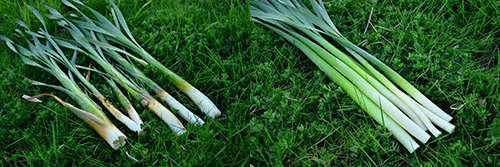

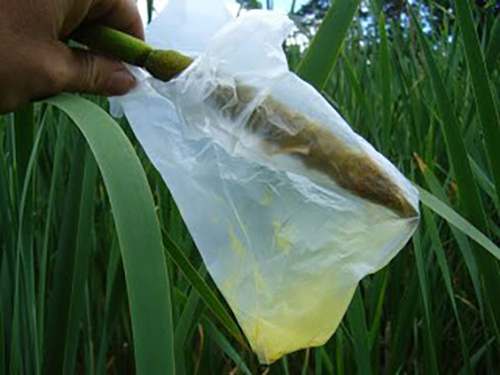
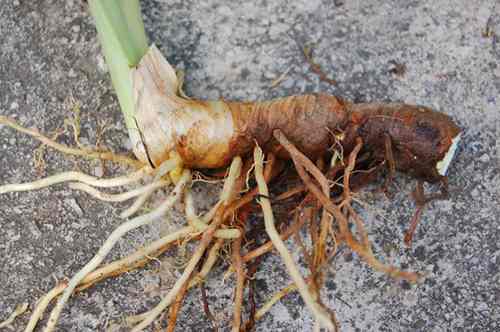
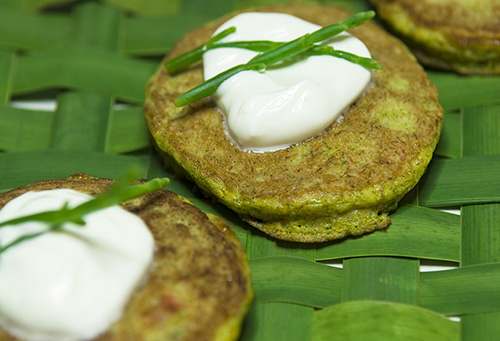
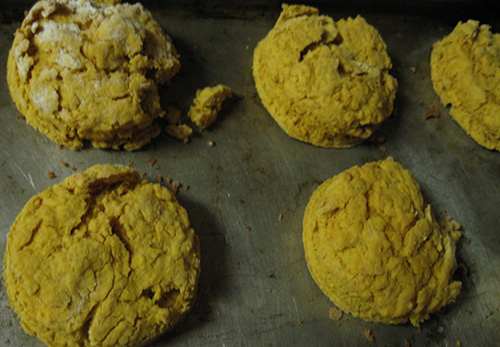
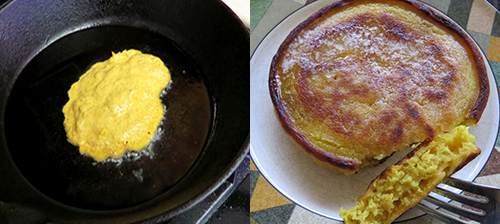
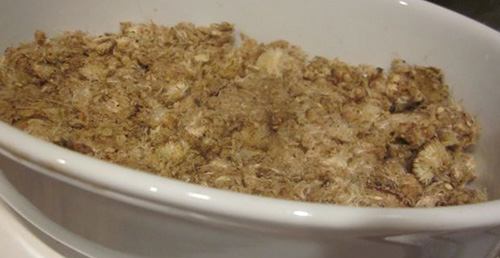
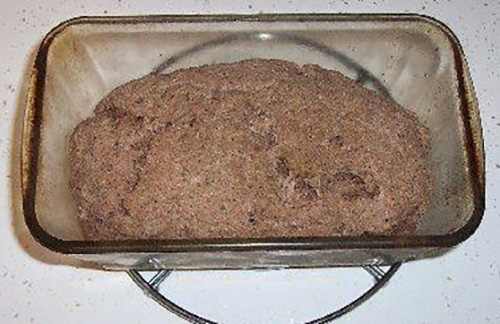
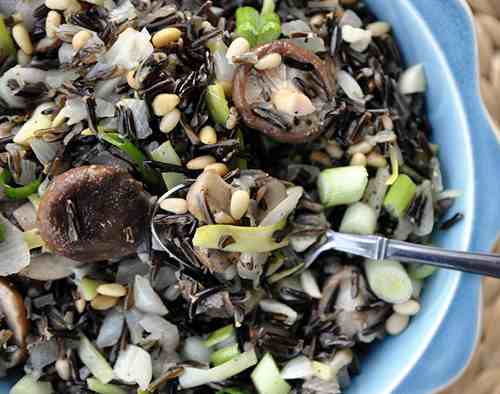
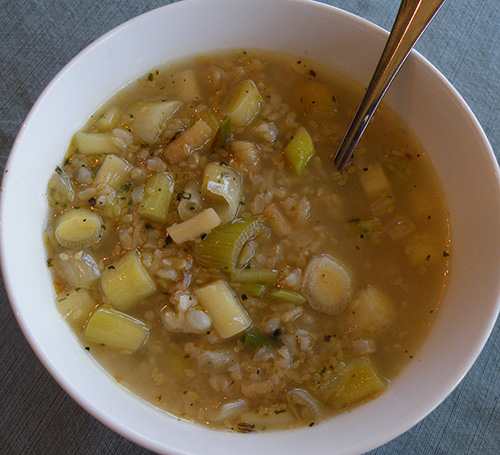
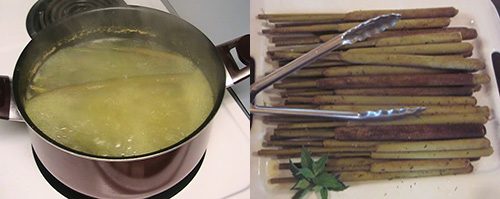
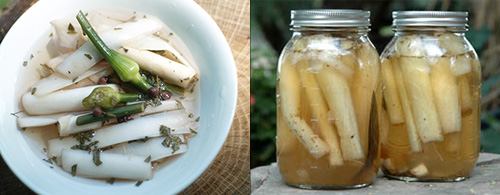
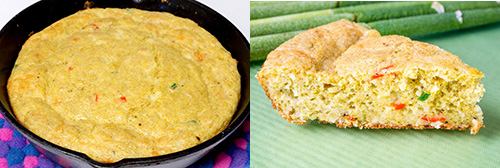
truly rewarding finding natures food and cures.. Could you show me a full picture of a cattail plant.
Hi Srahi,
Thank you so much for your comment. Here is a picture of a full picture of a cattail: .
.
I recommend you search google for more pictures so you can be sure you will identify correctly the plant next time you see it.
God bless!
Wikipedia says “no file with this name exists”.
Awesome!!!! Just what I was looking for!!!
Hi Kelly,
Thank you so much for your kind words.
God bless!
Could you show what you mean as “the flower” of a cattails. Is it the part that we used to use as kids that was brown and we called ” punks” we would light them up at night to keep mosquitos at bay.
Hi Jacqueline,
The cattail flower has two parts, a female and male cigar-shaped brown formation near top of stem made up of tiny, densely-packed pistillate (female) flowers. The thin yellow spike extending above female part is the staminate (male) flowers. Both male and female flowers are visible May-July. These brown flower heads open in early fall, letting its fluffy seeds emerge. Here is a picture:
God bless!
You should always include how to differentiate cattails from wild iris which grows in the same type habitat and looks very similar but is highly poisonous!
Yes, this would be very needful information. Please let me know when you find the difference.
Hi Jill,
Thank you so much for your comment and feedback. A rule of thumb is to look for the distinctive cigar-shaped head. The iris don’t have those. If you see a patch of what appears to be cattails, but there are no cigar heads, the plants may be irises. But we will make a longer article in the future about this.
God bless!
since the tops are not around all season, another way to tell the difference is a good idea. one way is Cattails are round at the base of the stalk whereas iris is a more elliptical shape
Nice web page you have.
Hi RLT,
Thank you so much for your feedback. We really appreciate it.
God bless!
Thank you for sharing this! I have been curious about it for years!
Hi Wayne,
Thank you so much for your kind words. I really appreciate it.
God bless,
Claude
In the email, it said, “You can cook every part into a scrumptious meal, but ONLY IF you avoid a widespread harvesting mistake first.” I read the entire article and couldn’t find what the harvesting mistake is! Did I miss it?
Hi Eadie,
Thank you for your comment. Cut the first six to eight inches from the base and collect them. These need to be rinsed in fresh water and ideally, soaked in vinegar for 10 to 20 minutes. Vinegar is a natural antiseptic and will help to kill and remove any bacteria
God bless!
Thanks Claude!!
[…] Delicious Recipes Using Cattails:The Supermarket of the Swamp […]
Nice!! I never realized you can do or make so much from Cattails.